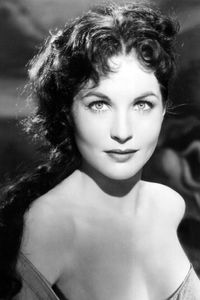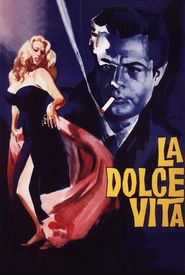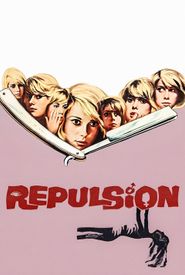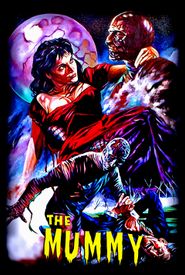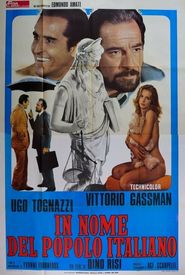Yvonne Furneaux's illustrious career is a testament to her versatility as an actress, with a filmography that defies categorization. Born in Roubaix, France in 1926 to an English father and French mother, Furneaux was destined for a life of bilingualism, which would later serve her well in her acting career.
As a child, Furneaux was already exhibiting her acting talent, and her film debut in the psychological drama "Affair in Monte Carlo" in 1952 marked the beginning of a long and storied career. Throughout the 1950s and 1960s, Furneaux appeared in a wide range of films, from adventure yarns like "The Master of Ballantrae" to war films like "Il carro armato dell'8 settembre".
Furneaux's ability to adapt to any genre was matched only by her ability to work with some of the greatest directors of the time, including Peter Brook, Michelangelo Antonioni, Federico Fellini, Claude Autant-Lara, Roman Polanski, Claude Chabrol, and Dino Risi. Her collaborations with these masters resulted in some truly remarkable films, including Fellini's "La Dolce Vita", in which she played the role of Mastroianni's ex-wife.
Despite her impressive body of work, Furneaux's career was marked by a certain degree of inconsistency, with some films receiving more critical acclaim than others. However, even her lesser-known films retain a certain charm, and her ability to bring a sense of haughty elegance to her roles made her a standout in films like "The Mummy" and "Slave Queen of Babylon".
Furneaux's personal life was marked by her marriage to cinematographer Jacques Natteau in the late 1960s, which led her to retire from acting shortly thereafter. Despite this, her legacy as a talented and versatile actress continues to be celebrated by fans of international cinema.
